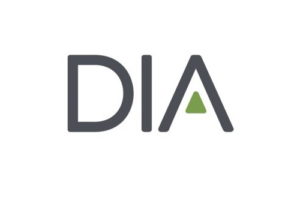MSD’s Leonardo Semprun, writing in the June 2025 edition of DIA’s Global Forum magazine, reflects on some of the key lessons from the Latin America Town Hall at DIA Europe 2025.
A Region Willing to Collaborate
The session brought together representatives from the Pan American Health Organization (PAHO), the Ibero-American Medicines Authorities Network (EAMI), and the Latin American Network of the European Federation of Pharmaceutical Industries and Associations (EFPIA LatAm Network). From different perspectives—technical cooperation, institutional strengthening, and a strategic industry view—experiences and converging viewpoints were shared.
Collaborative networks enable the sharing of knowledge, capacity-building, and the promotion of harmonization, all of which have a direct impact on the quality, efficiency, and timeliness of regulatory processes. Examples such as the Pan American Network for Drug Regulatory Harmonization (PANDRH), coordinated by PAHO, and the EAMI Network have proven their ability to generate tangible and sustained results.
EAMI: A Platform for Capacity-Building and Technical Action
EAMI presented its achievements from more than 25 years of joint work, highlighting the development of regional guidance, the implementation of pharmacovigilance systems, and specialized training programs. One case in point was the FACEDRA system, the first Central American portal for reporting suspected adverse reactions to human medicines, which has received more than 25,000 notifications in the past several years.
The proposal was also made to advance pilot exercises in regulatory convergence, beginning with minor variations in products, through mutual recognition of evaluations conducted by national agencies, as a preliminary step toward more integrated procedures.
In addition to its technical achievements, the network has been recognized by regulators in the region and external partners such as the European Medicines Agency and the Council of Ministers of Health of Central America and the Dominican Republic (COMISCA) for its strong focus on regulatory capacity building, offering training programs, internships, and technical exchanges that have supported the progressive strengthening of health authorities across the region.
PANDRH: A Regional Policy Framework
PAHO shared the strategic role of the Pan American Network for Drug Regulatory Harmonization (PANDRH) as a regional policy tool endorsed by Member States. In its most recent conference, the network adopted key recommendations: strengthening regulatory frameworks, advancing reliance mechanisms, boosting regional production, improving preparedness for health emergencies, and reinforcing post-market surveillance.
PAHO also promotes the use of the WHO Global Benchmarking Tool (GBT) as a diagnostic and planning tool for institutional development, and has supported the recognition of regional reference regulatory authorities.
PANDRH is currently undergoing a strategic repositioning, with priorities that include renewing its work plan, strengthening governance, securing technical and financial sustainability, and expanding synergies with other regional and global harmonization platforms.



